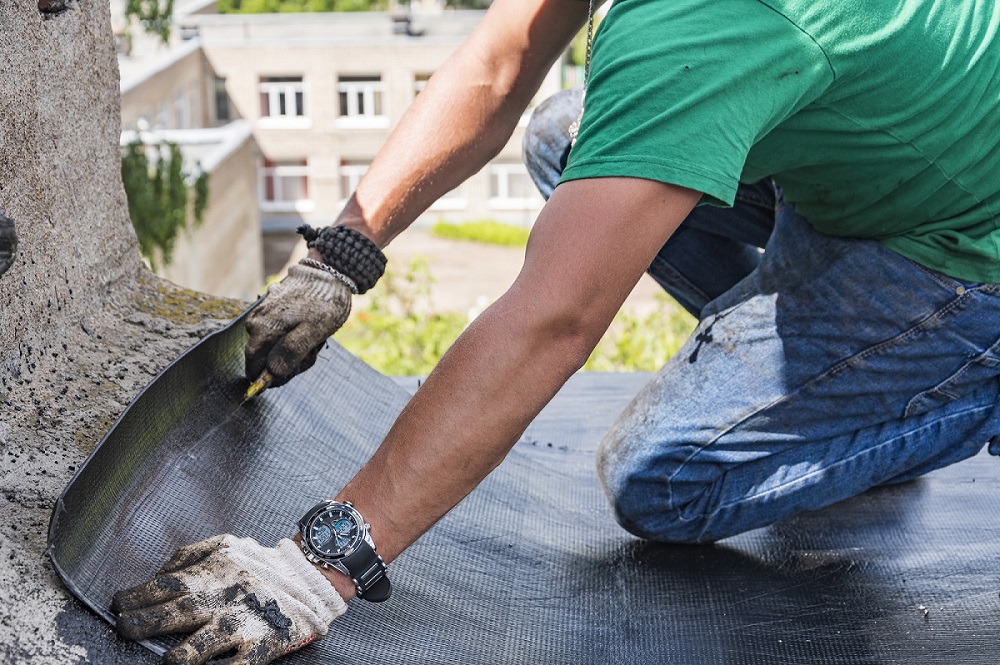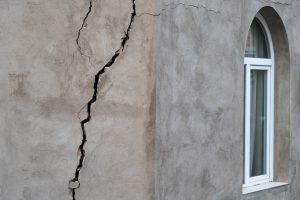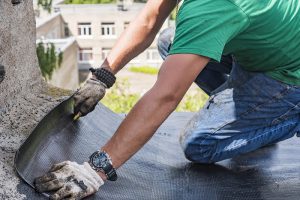Sustainable building practices are an essential aspect of reducing the environmental impact of the construction industry. However, even with the best intentions, building defects can occur, leading to increased costs, energy inefficiencies, and negative environmental impacts. In this blog post, we will explore the most common building defects related to sustainable building practices and how to avoid them.
Poor Insulation
Poor insulation is a common building defect that can lead to significant energy inefficiencies, resulting in higher energy bills and increased carbon emissions. Insulation helps to regulate the temperature of a building and reduces the need for heating or cooling. Sustainable building practices require the use of high-quality insulation materials to minimize energy consumption and promote energy efficiency.
To avoid poor insulation, it is essential to use the correct type and amount of insulation for the building’s specific needs. It is also critical to ensure that insulation is installed correctly, with no gaps or voids that could lead to air leakage.
Air Leaks
Air leaks are another common building defect that can lead to significant energy inefficiencies. Air leaks can occur through gaps and cracks in the building envelope, such as around doors, windows, and vents. Air leaks can result in increased energy consumption and higher energy bills, as well as reduced indoor comfort and air quality.
To avoid air leaks, it is essential to design and construct a tight building envelope that minimizes air infiltration. This can be achieved through the use of high-quality building materials, proper sealing and caulking, and regular inspections and maintenance.
Water Damage
Water damage is a common building defect that can lead to significant structural damage and mold growth. Sustainable building practices prioritize water conservation and the use of eco-friendly materials, such as low-VOC paints and adhesives. However, water damage can occur due to leaks, flooding, or poor drainage, leading to costly repairs and negative environmental impacts.
To avoid water damage, it is essential to design and construct a building with proper drainage and waterproofing. Regular inspections and maintenance can also help to identify and address any potential water damage issues before they become major problems.
Poor Indoor Air Quality
Poor indoor air quality is a common building defect that can lead to health problems, reduced productivity, and increased energy consumption. Sustainable building practices prioritize the use of non-toxic materials, natural ventilation, and air purification systems to promote healthy indoor environments.
To avoid poor indoor air quality, it is essential to design and construct a building with proper ventilation and air filtration systems. Regular maintenance and cleaning of HVAC systems and air ducts can also help to improve indoor air quality.
Conclusion
Building defects can have significant financial, environmental, and health impacts. Sustainable building practices prioritize energy efficiency, water conservation, and healthy indoor environments, making it essential to avoid common building defects that can compromise these goals. By using high-quality materials, proper installation techniques, and regular inspections and maintenance, sustainable buildings can reduce energy consumption, promote healthy indoor environments, and minimize negative environmental impacts.





